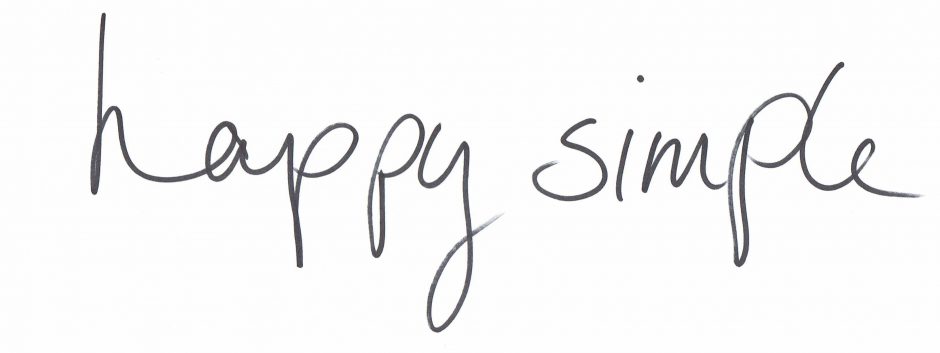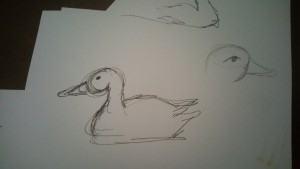You know the most amazing about snowflakes, right? That no two are ever the same.
While a part of me stands back and wonders who has actually verified this, another part acknowledges that that’s really, really, cool. They’re snowflakes, they last but a moment. And in any given snowfall, a gazillion of them float to earth. How amazing. How abundant.
But we talk about the snowflakes as though they are the only example of uniqueness in a sea of uniformity, when in fact…
A few years ago, I went down to the river to do some sketching. Now I generally hate sketching as an activity in itself, but as a meditation exercise, it’s brilliant. It’s a fabulous way to wake up and really see. I highly recommend it to anyone. You just need a pencil and some paper. Don’t worry about the finished product or whether you have talent or are creative or any of the other roadblocks we usually throw out when finding an excuse not to sketch. Just give it a go and tell yourself it’s meditation.
This is what I was doing down at the river on that summer day a few years back. I started sketching the ducks. They were floating lazily along on the water. But that laziness was deceptive. Because I would start to draw one, and before I could get the details down, it would drift out of sight.
“It’s OK,” I told myself. “I can finish up when the next one comes along.”
But the next one didn’t look anything like the last, so I’d start a new sketch.
And away it would drift.
When another duck floated into view, I would look at my partially finished sketches to see which this one looked like. And start yet another sketch.
By the end of the afternoon, I had come to the stunning realization that no two ducks look alike. Just like the snowflakes. Just like every other living thing on this earth. And rocks and cloud formations and… I mean, I know I already sort of knew this, but that afternoon, I really, totally knew it.
In fact, it’s only the mass-produced bits of this world that achieve any kind of uniformity at all, and that happens only when stuff is brand-new, before we interact with it and wear it out in our own particular way.
And I can’t help but wonder if ducks ever feel insecure about fitting in, like we do. That their feathers aren’t quite right, or their waddle is a little too wide.
I’m guessing not. I’m hoping not. I think it more likely that it’s that mass-production thing, that striving for uniformity in human pursuits, that we read as perfection, that has us worrying about our differences.
Thinking further, it occurs to me that the people that I know who make things by hand are far less caught up in those ideas of uniformity, about the end result of their pursuits and their own or others’ appearances, than those who are only surrounded with factory-made goods. Their striving for perfection is more about capturing the details, appreciating the nuances of the materials they work with. The perfection of uniformity, of replication, just isn’t part of the process.
So, if you’re feeling bad about yourself, whether it’s your physical appearance, your home or what your life looks like compared to the neighbours that’s causing the upset, the answer might not be to strive for more uniformity. Instead, you might want to pick up a pencil and just sketch something living. And as you do it notice how amazingly, miraculously different that lovely living thing is from all the other lovely living things just like it.
And realize that you, too are amazingly, miraculously different from all the other lovely humans on this earth.






Perfectly said,
That was awesome and enlightening!
Pingback: An Antidote to Instagram |